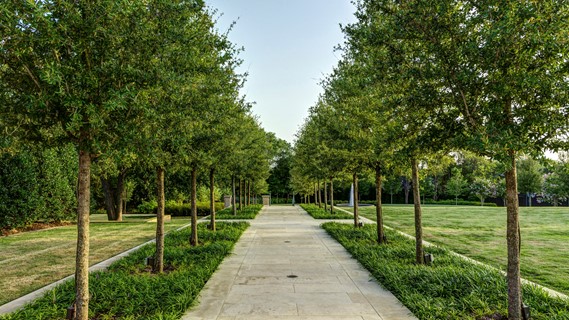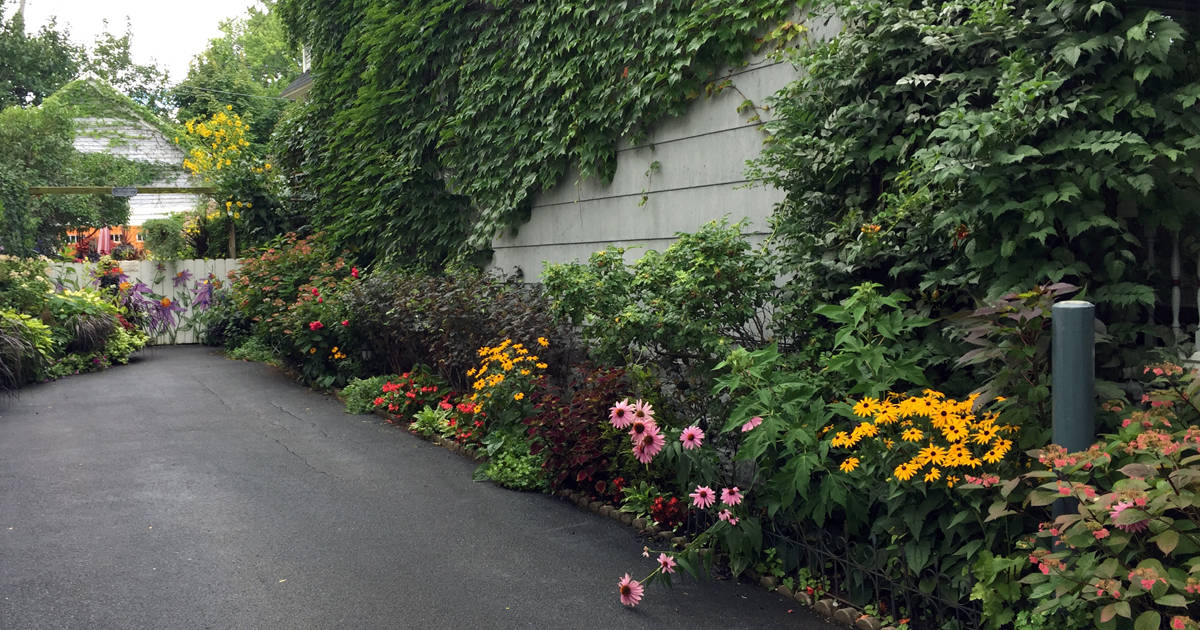Some Ideas on Hilton Head Landscapes You Need To Know
Some Ideas on Hilton Head Landscapes You Need To Know
Blog Article
The Ultimate Guide To Hilton Head Landscapes
Table of ContentsThe Greatest Guide To Hilton Head LandscapesThe smart Trick of Hilton Head Landscapes That Nobody is Talking AboutUnknown Facts About Hilton Head LandscapesThe Facts About Hilton Head Landscapes RevealedGet This Report about Hilton Head LandscapesThe smart Trick of Hilton Head Landscapes That Nobody is DiscussingThe Of Hilton Head Landscapes
Line develops all types and patterns and can be used in a selection of means in the landscape. Line in the landscape is produced by the edge in between 2 products, the outline or shape of a type, or a long direct feature. Lines are a powerful device for the designer because they can be utilized to develop a limitless variety of forms and forms, and they manage movement of the eye and the body.
.jpeg)
Lines can have several characteristics, such as those defined below, yet they typically offer various functions. Figure 1. Lines in the landscape - bluffton landscaping. The properties of lines identify how individuals react to the landscape, both psychologically and literally. Straight lines are structural and strong; they create a formal personality, are typically linked with a symmetrical style, and lead the eye straight to a centerpiece.
All about Hilton Head Landscapes
Curved lines create a casual, all-natural, loosened up character that is associated much more with nature and asymmetrical balance. Bent lines relocate the eye at a slower rate and add mystery to the space by developing surprise views.
Vertical lines in the landscape consist of high, narrow plant material, such as trees, or tall frameworks, such as an arbor or a bird home on a pole. Horizontal lines move the eye along the ground airplane and can make an area really feel bigger. Low lines are more subdued and develop a sensation of rest or repose.
3 Easy Facts About Hilton Head Landscapes Explained
Low lines are created by low yard walls, sidewalks, and short hedges. Lines are made use of to draw types on a plan. In plan sight, they specify plant beds and hardscape locations. Lines are also created by the upright kinds of constructed functions and plant material. There are 3 key line kinds that develop kind in the landscape: bedlines, hardscape lines, and plant lines.
Bedlines link plant product to your home and hardscape since the eye adheres to the line, moving the look via the landscape. Hardscape lines are created by the edge of the hardscape, which marks the constructed structure. Line can likewise be developed by lengthy and narrow materials, such as a fence or wall.
Unknown Facts About Hilton Head Landscapes
Form is discovered in both hardscape and plants, and it is generally the dominant visual aspect that spatially arranges the landscape and usually determines the design of the yard. The kind of structures, plant beds, and garden ornaments likewise identifies the total type theme of the garden. Formal, geometric kinds consist of circles, squares, and polygons.
Plants develop type in the garden through their outlines or silhouettes, yet kind can additionally be specified by a void or negative area between plants - landscapers in bluffton sc (https://scriaoll-troos-gaerk.yolasite.com). Circles can be cycles, or they can be divided into fifty percent circles or circle sections and integrated with lines to create arcs and tangents
The smart Trick of Hilton Head Landscapes That Nobody is Discussing
Circles are a solid design type because the eye is always attracted to the center, which can be utilized to emphasize a focal point or attach various other types. Round kinds in hardscape and lawn panels.
The square type can additionally be segmented and previously owned continuously to create a grid pattern. Unlike circles, squares are stronger on the brink, which can be aligned or overlapped to create special patterns and even more intricate forms. Polygons are many-sided forms with straight sides. Triangles, for instance, are three-sided polygons.
Meandering lines typically mimic the natural course of rivers or streams and can be referred to as smooth lines with deeply rounded wavinesses. Twisting lines (Number 3) work well for paths, plant bedlines, and dry stream beds. Twisting lines can add interest and enigma to a garden by leading customers around edges to uncover brand-new sights and rooms.
Excitement About Hilton Head Landscapes

Figure 5. Fragmented edges: tipping rocks in pathway. Form is the most enduring top quality of a plant (hilton head landscapers). https://dc-washington.cataloxy.us/firms/www.hiltonheadlandscapes.com.htm#google_vignette. Common plant forms are well established and standardized, as kind is one of the most constant and recognizable quality of plants. Type can additionally be created through the massing of plants, where the overall mass develops a various form than a specific plant.
A very different kind needs to be made use of with careone or two job well as a focal factor, but way too many create disorder. All-natural plant types, as opposed to over-trimmed types, ought to establish the bulk of the make-up. The significance of total kind is basically dependent on the viewing perspectivethe type of a tree can show up rather various to an individual standing under the canopy versus viewing the tree from a range in an open area.
Hilton Head Landscapes Can Be Fun For Everyone
Plant kinds additionally produce and specify the space or open rooms in between the plants, developing either convex or concave forms in the gaps. High-arching tree branches normally create a concave open room under the branches, and discover this info here a round cover with reduced branches fills up the space to develop a convex form in the open space under the tree.

Report this page